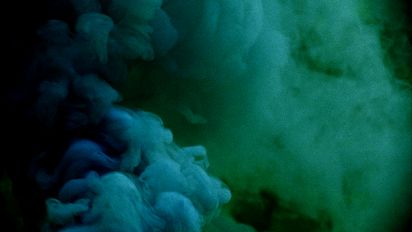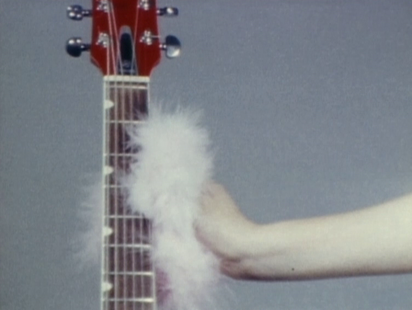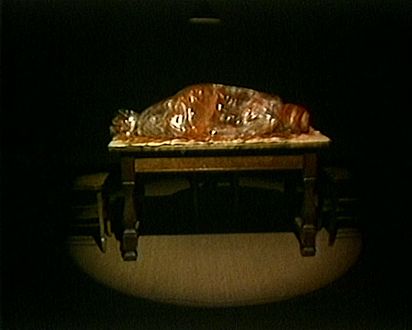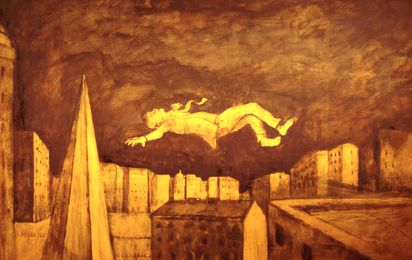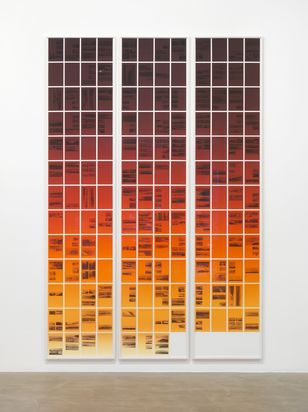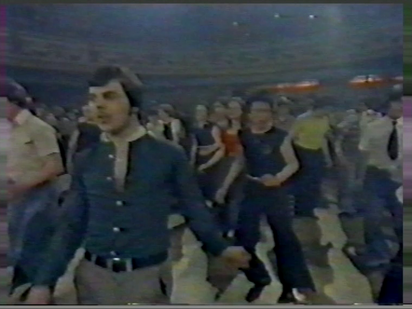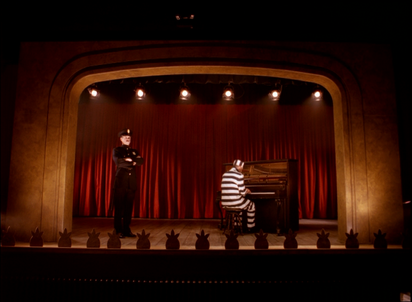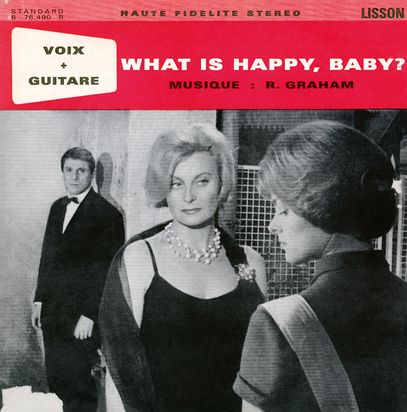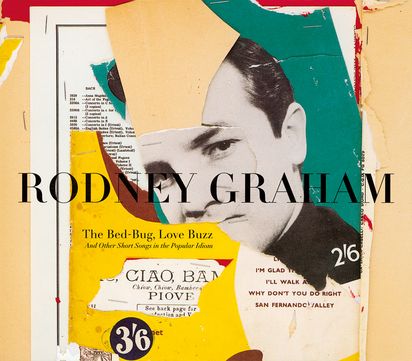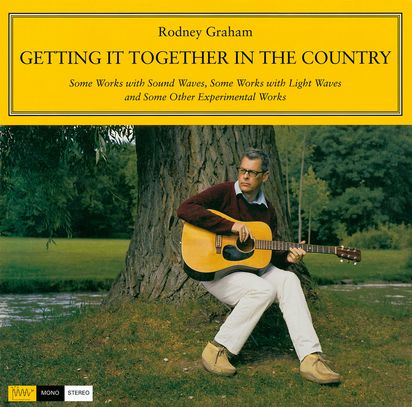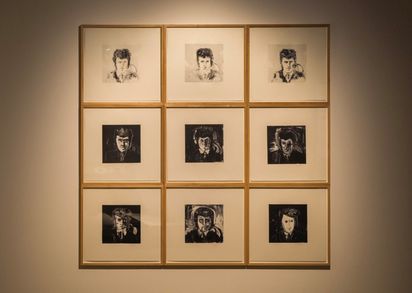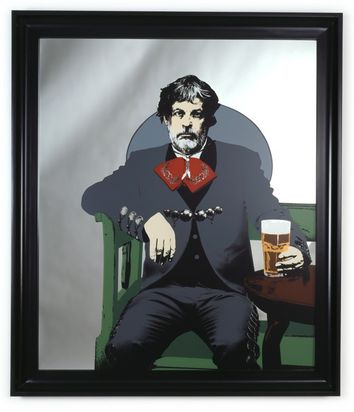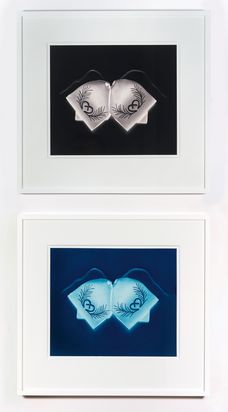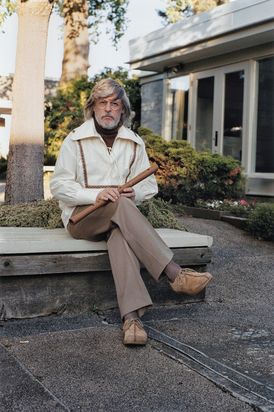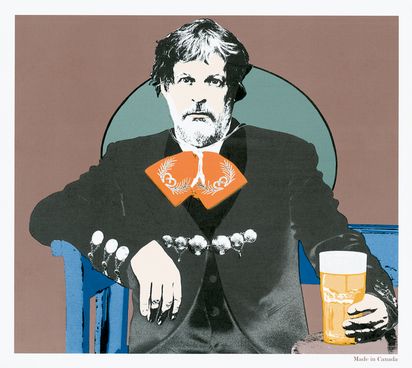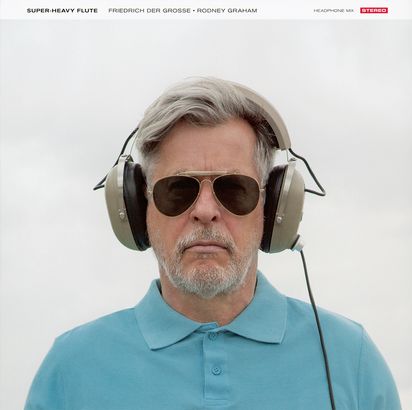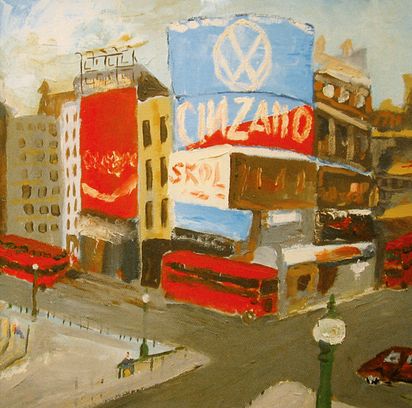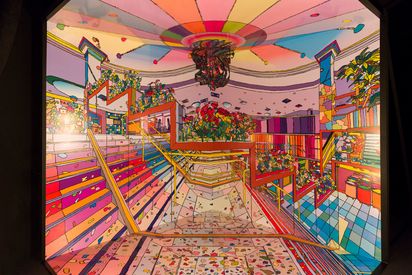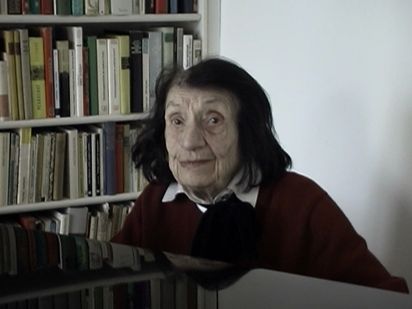Vibrant flashes of light flicker through the darkness to the beat of techno music. An armada of rotating spotlights sends dazzling beams of light down from the ceiling. Colored light refracts in the mirrored mosaic surface of a disco ball. A moment of darkness elapses before the spotlights move to the rhythm of the music again. Tillmans’ first video Lights (Body) (2000-2002) captures an auspicious moment in a club night that could go on forever.
Although Tillmans shot the video on an ordinary Saturday night in a London techno club, viewers cannot see the dancers, the sweat-drenched bodies that—driven by the beats—begin to merge with each other. “The video is a study of light and its abstraction, but it also explores all these bodies dancing beneath the lights”, explains Tillmans. “The only traces of people are the specks of dust that one sometimes sees flying through the rays of light. Both “light” and this unusual connection between abstraction and the social realm informs the artist’s work. Thus, this other dimension arises both in the video and in the night club itself.”
Wolfgang Tillmans is one of the most important contemporary German artists. In 2000, he was the first photographer and non-Englishman to receive the renowned Turner Prize. He became known in the 1990s for his intimate portraits of friends for magazines, as well as unadorned snapshots of London’s gay scene and club culture. Throughout his career, Tillmans has consistently developed his multi-layered photographic work. His oeuvre includes photographic portraits, landscapes, cityscapes, still lifes and abstract photographs, which he often presents in wall-filling installations. With a light touch, Tillmans establishes connections between people and nature, city and society, thus opening up ever new possibilities for interpretation.

